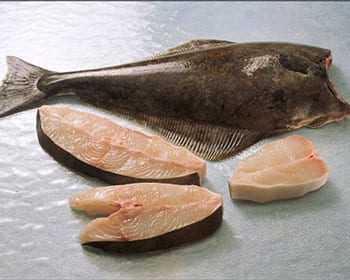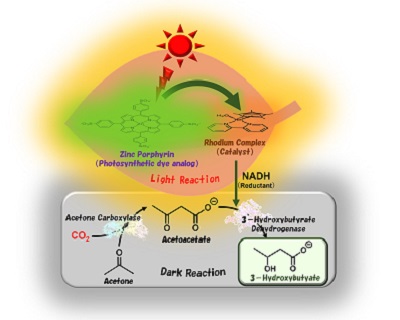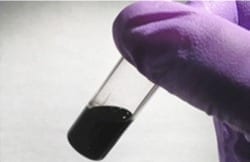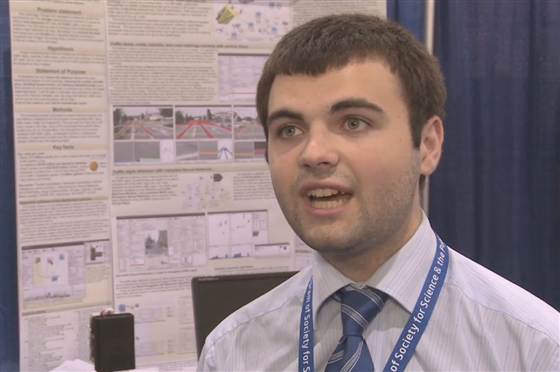
The packaging can be recycled after use
The company Criimpla from Valencia is coordinating a European project that investigates the development of innovative packaging made from wheat starch, recyclable and biodegradable material. This packaging is expected to cause minimal environmental impact and to have a competitive cost for their use by the food industry.
It is Thinfish project, which has been developed with the collaboration of the National Association of Manufacturers of Canned Fish and Shellfish (Anfaco-Cecopesca), Plastic Technology Centre Aimplas and the Bulgarian firm Akumplast.
The European Technology Consortium is funded by the Executive Agency for Competitiveness and Innovation (EACI), within the call Eco-Innovation, whose aim is to support projects related to eco-innovative products, techniques, services or processes that are intended to prevent or reduce environmental impacts, or to contribute to the optimal use of resources, Anfaco reported.
The project began in September 2012. It has an overall budget of EUR 1 million and it is expected to be extended for 30 months.
The Consortium proponents aim to optimize and industrialize new co-injection technology to obtain an innovative package for fishery products made from polypropylene and wheat starch.
Currently, it is difficult to recycle the containers made with polypropylene and Evoh due to the complexity of separating both materials.
Thinfish project plans to create a container having a sandwich structure of three layers: two outer layers made of polypropylene, which is a fully recyclable type of plastic material that acts as an insulator to moisture, and an inner layer made of thermoplastic starch, ensuring a longer life of the packaged product.
The starch acts as “a very powerful barrier against gases, such as oxygen, preventing the deterioration of food,” Sandra Rellán, head of Anfaco R&D division, explained to the newspaper Faro de Vigo.
The Latest Bing News on:
Biodegradable packaging
- Meticulous Market Research Pvt. Ltd.: Pharmaceutical Packaging Market to Be Worth $176.54 Billion by 2031 - Exclusive Report by Meticulous Research®on May 3, 2024 at 7:50 am
According to a new market research report titled, "Pharmaceutical Packaging Market by Material (Polymer [PE, PP, PET], Glass) Type (Bottles, Blister ...
- Heavy Duty Corrugated Packaging Revolution: Meeting the Demands of Modern Logistics, Reach at a US$ 34179.75 Million by 2033on May 3, 2024 at 5:15 am
In the world of packaging, durability and reliability are paramount. As industries expand and global trade increases, the demand for packaging that can withstand the rigors of transportation and ...
- Preserve Brands Launches Idealitee Eco Packaging Brandon May 3, 2024 at 4:20 am
Preserve Brands, the manufacturer of sustainable CPG products, launched Idealitee packaging for retailers and luxury packaging pros. The products are made from 100 percent sustainable paper using tee ...
- Pharmaceutical Packaging Market to Be Worth $176.54 Billion by 2031 - Exclusive Report by Meticulous Research®on May 3, 2024 at 3:31 am
A Shift Towards Sustainable Packaging is a Recent Market Trend Sustainable packaging is the use of reusable, recyclable, and biodegradable materials for packaging. Pharmaceutical companies are ...
- Preserve Brands Debuts Idealitee™ at Luxe Pack New York: The Future of Eco-Luxury Packagingon May 2, 2024 at 7:23 am
Preserve Brands, a distinguished leader in sustainable CPG products, proudly announces the launch of Idealitee™, a boutique specialty packaging brand set to reshape the luxury packaging landscape.
- How sustainable packaging is revolutionising the food industryon May 1, 2024 at 4:49 am
One of the most significant changes in the food packaging sector is the transition from traditional plastic materials to more sustainable alternatives. Innovations such as biodegradable plant-based ...
- Empowering Brands: Custom Packaging Strategies Drive Success in 2024 Retailon April 30, 2024 at 9:49 pm
As 2024 consumers value uniqueness and sustainability, innovative packaging has become a core element in brand identity and a successful sale.
- Edible Packaging Market Booms as Sustainability Gains Traction Investor Opportunity | FMIon April 29, 2024 at 10:24 pm
Edible packaging becomes a viable way to address the problem of plastic waste and pollution in the food packaging business in a time when environmental consciousness and sustainability are the top ...
- POTOLO: Riding Towards Sustainability: How Electric Bikes and Biodegradable Packaging Are Shaping Our Green Futureon April 26, 2024 at 4:49 am
At Potolo, we're proud to lead the charge towards a greener future by incorporating electric bikes for delivery and implementing biodegradable packaging. I know you’re curious as to who we are exactly ...
- Mastering the Art of Packaging: Best Practices for Using Ship Boxes in E-commerceon April 25, 2024 at 11:53 pm
In the e-commerce world, the saying “first impressions count” is more relevant than ever. When your product arrives at a customer’s doorstep, the packaging for shipping boxes is the first physical ...
The Latest Google Headlines on:
Biodegradable packaging
[google_news title=”” keyword=”biodegradable packaging” num_posts=”10″ blurb_length=”0″ show_thumb=”left”]
The Latest Bing News on:
Innovative packaging
- This is the best vitamin C serum of 2024 — it's potent, innovative and long lastingon May 3, 2024 at 9:08 am
We tried more than a dozen brands. Here's why Drunk Elephant's C-Firma serum is a better anti-aging vitamin C product than all the rest.
- Trends and Challenges in the Rigid Industrial Packaging Market, Reach at a US$ 50,862.1 Million by 2033on May 3, 2024 at 5:22 am
In the realm of industrial packaging, durability, reliability, and functionality are paramount. Rigid industrial packaging stands tall as a stalwart guardian, ensuring the safe transportation and ...
- Innovation gap in food and beverage packaging: desire high, reality lowon May 2, 2024 at 8:29 am
A survey found that almost half of respondents felt too many teams were involved in the innovation process, leading to delays.
- The Little Potato Company Ltd. unveils innovative packaging facility in Albertaon May 2, 2024 at 6:05 am
North America's leader in little potatoes, celebrated the grand opening of its innovative, sustainable potato packaging facility in Nisku today. This momentous occasion signifies not only the ...
- Innovative Packaging and Barrier Properties Propel Growth in Laminated Tube Closure Market, Reach at a US$ 193.6 Million by 2033on May 2, 2024 at 2:31 am
The global laminated tube closure market is poised for substantial growth between 2023 and 2033, as reported by Future Market Insights. The market is expected to experience remarkable expansion, ...
- BANDIT WINES INTRODUCES 'GO EXPLORE NATIONAL PARKS' INNOVATIVE AUGMENTED-REALITY WINE PACKAGINGon May 1, 2024 at 11:00 am
Bandit Wines, a wine brand synonymous with adventure, today unveiled an Augmented Reality (AR) platform featuring a 360-degree video portal, an innovative step in consumer engagement. Developed by ...
- Dow showcases circular and innovative materials science solutions and industry collaborations at Chinaplas 2024on May 1, 2024 at 9:11 am
Dow showcases circular and innovative materials science solutions and industry collaborations at Chinaplas 2024 ...
- Empowering Brands: Custom Packaging Strategies Drive Success in 2024 Retailon April 30, 2024 at 9:49 pm
As 2024 consumers value uniqueness and sustainability, innovative packaging has become a core element in brand identity and a successful sale.
- Beauty Experts Assess the Future of Sustainable Packagingon April 26, 2024 at 8:32 am
Beauty industry experts address accomplishments, challenges, opportunities, & roadblocks—and why collaboration is key to future success. See our Q&A below.
- Bevas: A New Breed of Functional Coffee Blends with Innovative Packaging Design by White Bear Studioon April 24, 2024 at 2:10 am
Explore Bevas' creation of a new breed of functional coffee blends, combining quality Arabica coffee with essential vitamins. The brand's premium packaging design, crafted by White Bear Studio, ...
The Latest Google Headlines on:
Innovative packaging
[google_news title=”” keyword=”innovative packaging” num_posts=”10″ blurb_length=”0″ show_thumb=”left”]











